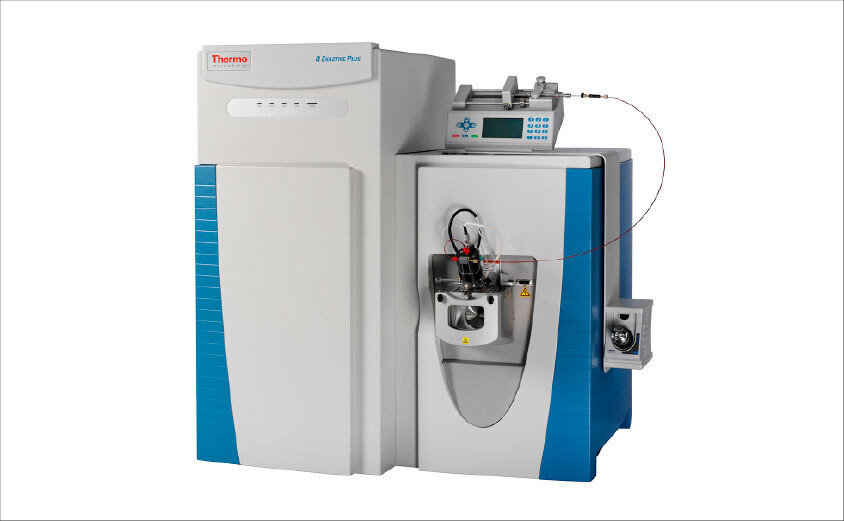Shanghai and Jiangsu Leading Pharmaceutical and Environmental Testing with Advanced Mass Spectrometry

The mass spectrometry market in China is undergoing dynamic regional growth, shaped by varying economic strengths, industrial clusters, and healthcare infrastructures. This provincial variation plays a significant role in the adoption and application of mass spectrometry technologies across the country.
China mass spectrometry market was valued at USD 774.6 million in 2023 and is estimated to reach a value of USD 1,498 million by 2030 with a CAGR of 10.2% during the forecast period.
In Beijing and Eastern China, including Shanghai, Jiangsu, and Zhejiang, these regions lead China's mass spectrometry market due to their strong pharmaceutical R&D, biotechnology, and clinical diagnostics sectors. Beijing's concentration of research institutions and hospitals promotes the adoption of LC-MS/MS systems, particularly for therapeutic drug monitoring and newborn disease screening. Meanwhile, Shanghai and its neighboring provinces, Jiangsu and Zhejiang, serve as hubs for pharmaceutical manufacturing and environmental testing, driving demand for GC-MS and ICP-MS instruments. The presence of major companies such as Thermo Fisher Scientific and Agilent Technologies further enhances technological advancements and market penetration in these areas.
Southern China, represented by Guangdong and Hong Kong, stands out as a key center for clinical diagnostics and food safety testing. The region's focus on public health initiatives has led to increased adoption of MALDI-TOF-MS for rapid microbial identification. Additionally, Hong Kong functions as a gateway for international collaborations, facilitating the introduction of advanced mass spectrometry technologies that influence practices throughout the southern provinces.
In Eastern and Central China, including Shandong, Anhui, and Henan, there is a notable increase in mass spectrometry applications, particularly in environmental monitoring and agriculture. The industrial base in Shandong drives demand for ICP-MS in pollution control, while Anhui and Henan prioritize agricultural product safety by utilizing mass spectrometry for pesticide residue analysis. The growth of local manufacturing capabilities is also contributing to a burgeoning market in these regions.
Historically recognized for heavy industry, Northeastern China, comprising Liaoning and Heilongjiang, is shifting toward more diversified mass spectrometry applications. Liaoning’s emphasis on petrochemical industries and Heilongjiang’s agricultural sector are increasing the demand for mass spectrometry in chemical analysis and food safety testing. Although the current adoption rate in these provinces is lower compared to other regions, ongoing industrial diversification is expected to boost market growth.
In Southwestern China, including Chongqing, Sichuan, and Yunnan, the mass spectrometry market is emerging, with expanding applications in environmental protection and public health. The industrial activities in Chongqing and agricultural production in Sichuan necessitate the use of mass spectrometry for environmental monitoring and food safety. Meanwhile, Yunnan’s focus on biodiversity and traditional medicine supports niche applications of mass spectrometry in research and development.
Finally, Northwestern China, which includes Shaanxi, Xinjiang, and Ningxia, sees the mass spectrometry market primarily driven by geological, mining, and environmental monitoring applications. The rich mineral resources in Shaanxi require advanced mass spectrometry techniques for geological analysis, while Xinjiang and Ningxia emphasize environmental testing due to unique ecological concerns. The adoption of mass spectrometry in these areas is gradually increasing, supported by regional development initiatives.
Overall, China’s mass spectrometry market is characterized by regional diversification, with each province leveraging its individual strengths to promote the adoption and application of mass spectrometry technologies. This provincial landscape not only reflects the industrial and economic diversity of the country but also presents opportunities for tailored solutions and innovations in the field of mass spectrometry.